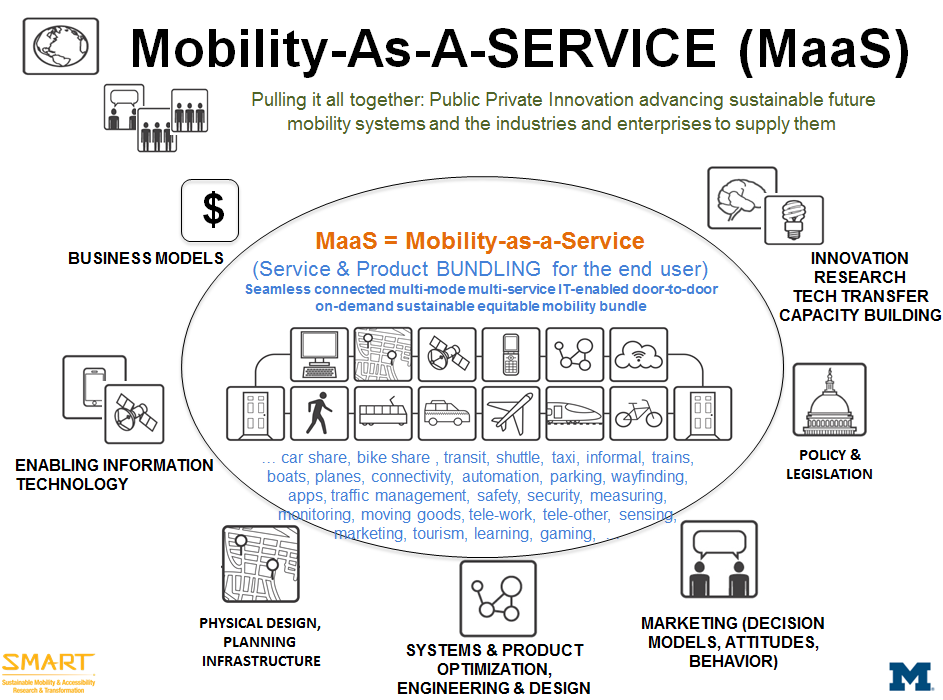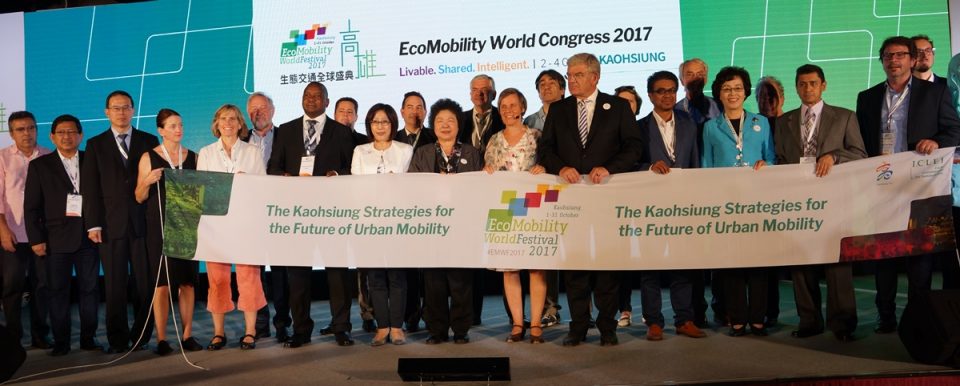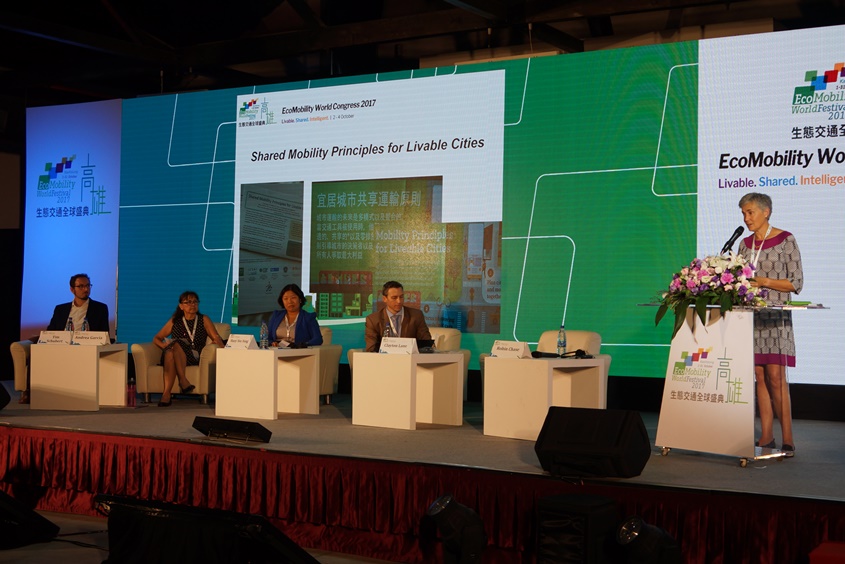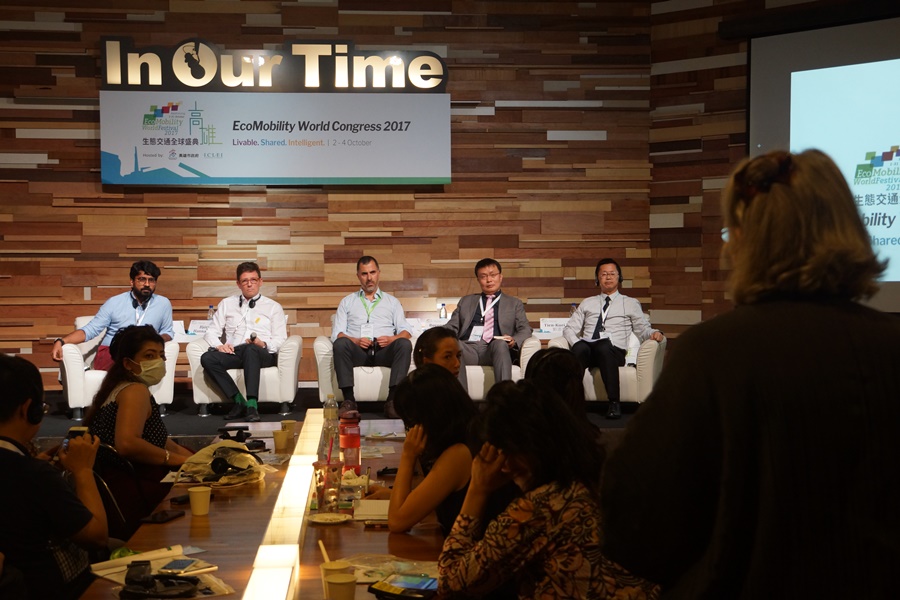Whether you’re in government, a big corporation, a disruptive mobility startup, or an NGO or research institution, it strikes me how very lucky we all are to be transforming transportation into something that helps us live together more equitably and sustainably on the planet.
That said things do get more complicated as the world urbanizes, demographics shift, climate change rears its head, the economy restructures, and a responsive flurry of new technologies and services arrive on the scene faster than we can figure out how they all fit together and what might be their effects. Suddenly transportation is as much about working together, connecting the dots, and collaborating on multi-faceted solutions across sectors and geographies as it is about engineering, planning, policy, infrastructure and finance.
Fortunately, a phenomenon called “Mobility-as-a-Service” or “Maas”* has arrived on the scene in earnest (i.e. beyond simply a vision or a partial application) as an embodiment of shared, livable, and intelligent transportation. Thanks to a timely convergence of smart technology, thoughtful design, and innovative policies and business models MaaS offers a bouquet of seamlessly connected options like rail, bus, automated car share, bike share, parking apps, auto rickshaws, ferries, and much more through a common, real-time information and payment platform.
While at SMART I recently led some exciting work about where MaaS is leading and flourishing in practice. We found that some of the most energetic examples come from Europe. But increasingly MaaS and MaaS-like is being adopted and customized worldwide. Admittedly with many deep and questions and complexities — both practical and philosophical – that have yet to be addressed.
But what I love about MaaS (and MaaS-like) is that amid the mounting mobility glitz and glitter of self driving cars, flying cars, delivery drones, and whatever’s next, MaaS is the real deal. Envisioned for some 30 or more years, it now really does herald a paradigm shift away from separate and individual modes and toward a system of seamlessly connected mobility that moves people, moves stuff, and moves less. Meanwhile it doesn’t forget about the policy platforms, business models, and (projected multi-trillion dollars) New Mobility industry and economy needed to supply mobility ongoing.
In other words not only is the MOBILITY shared, livable, and intelligent, so too is the collaborative journey to get there.
With MaaS, many new questions arise, and some of the old familiar ones remain to be addressed. For example: What are the market opportunities in the growing Mobility-as-a-Service space? How does MaaS impact mobility suppliers and consumers? What seem to be the barriers to implementation of MaaS? How is federal, state and local government supporting MaaS-like development? Who will drive the MaaS evolution – private sector or public sector-or both? What are some of the new partnerships emerging locally and globally to advance MaaS? What is the role of automation and connectivity on this broader landscape? How can new insurance and liability policy models contribute to MaaS success? All these will be addressed at the upcoming EcoMobility World Congress 2017. Register now.
Author:
Susan Zielinski, former Managing Director of SMART at the University of Michigan (now an independent mobility innovator and writer; Speaker at the EcoMobility World Congress 2017





